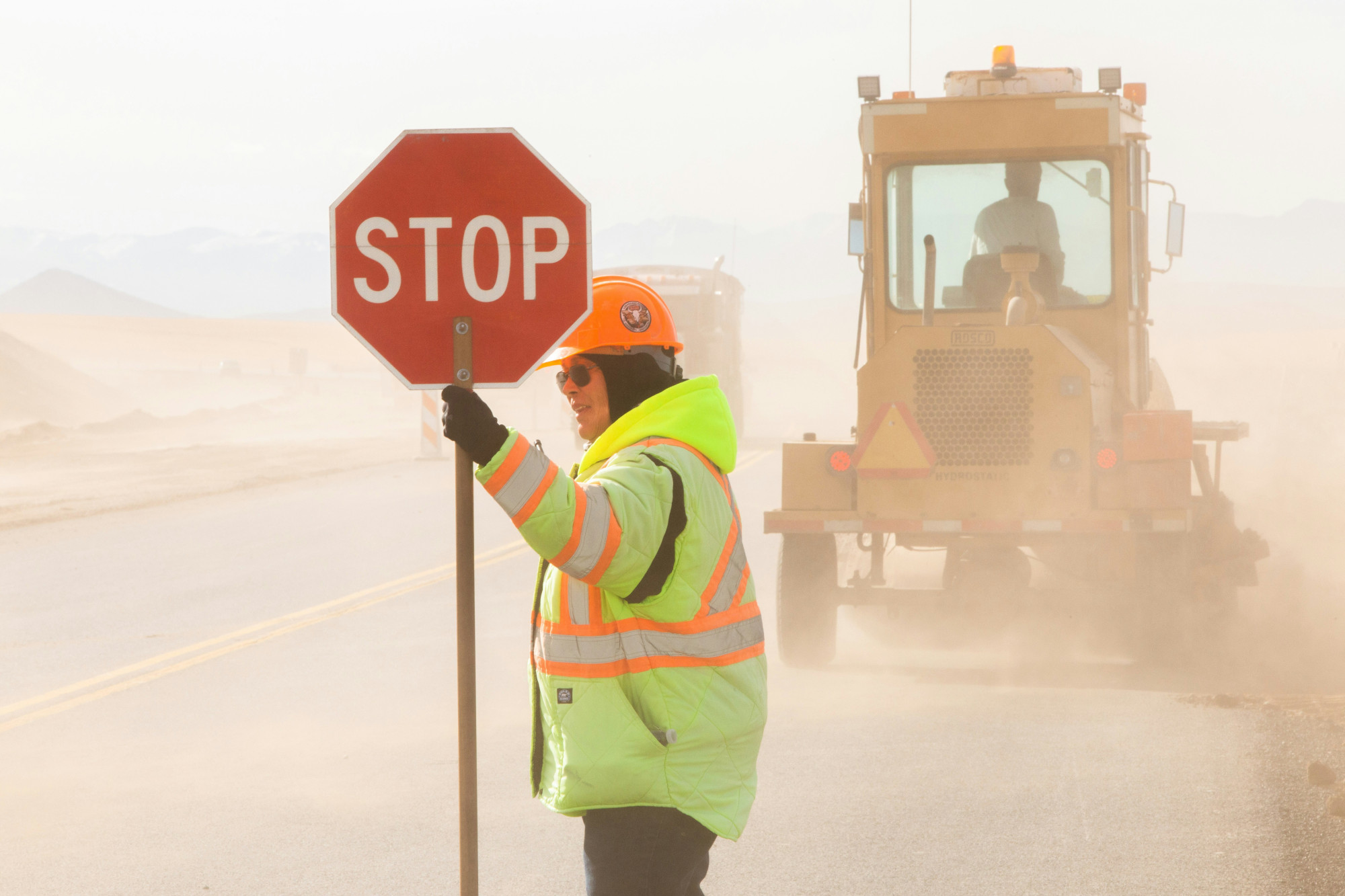Social Cohesion - Part 2
26 April 2025

Social Cohesion - Part 2. Let's kōrero (talk) about how this, alongside other societal factors, influences the risk profile of violence and aggression - a risk that is faced daily by our community-based teams - linesmen/women, roading crews, healthcare workers, first responders, just to name a few.
A reduction in social cohesion and a change in the landscape of some of our other societal factors (meth price and availability, health system crisis, wide scale redundancies, cost of living crisis, exclusion and othering) suggests that over time we should expect to see a change in the risk profile of community-based violence and aggression because the factors that influence it are changing and they aren't factors that are within any organisation's control - which is quite different to most of the other critical risks we deal with. It has me thinking of the Shell 'Weak Signals' process safety video and how we can translate that to the weak signals of community-based violence and aggression.
The majority of the controls for this risk are still administrative and they aren't layered so there is often no contingency. This means when things go wrong, they go really wrong really quickly. This isn't for lack of trying. It's a really tough one to figure out.
Rather than relying on an absence of incidents to determine if controls are effective, we can instead start to apply the findings from good quality community focused reports like the Social Cohesion report, alongside other similar resources to challenge our assumptions about the eco-system our teams are operating in and what this may mean in regards to the design of our work and the controls we rely on. The information from those resources would be our weak signals alongside our near miss reports. Anchoring this to a foundation of psychological safety, we can explore, via robust, no sacred cows' discussions, what it's really like out there for our teams and where we may need to rethink the design of our work and our controls.
